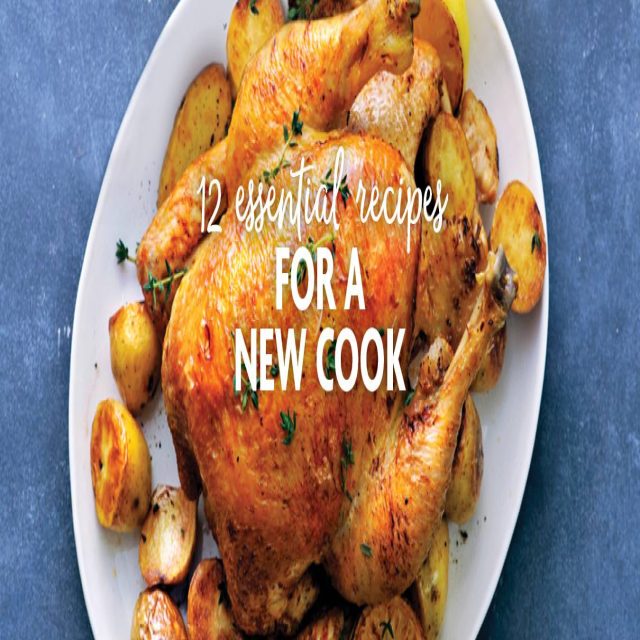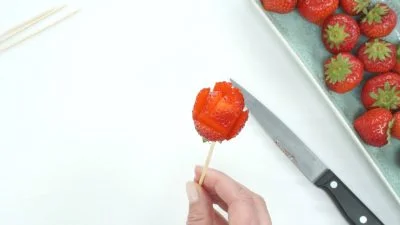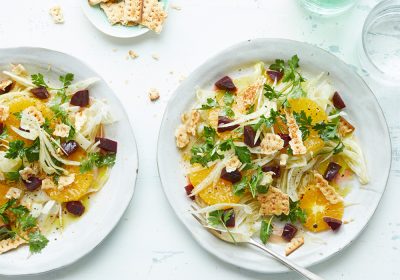These essential recipes range from satisfying mains to simple sides and flavor-packed components that can upgrade any meal. There are no fancy ingredients or unusual cooking methods, just quick and easy recipes for any day of the week. Once you’ve mastered these recipes, you can mix and match them to create easy, crowd-pleasing meals. Let’s get cooking!
Roast Chicken. This dinner classic is actually very easy to make. Starting the bird at a high temp will help the skin become golden and crisp, while finishing at a low temp will keep the meat tender and juicy. We’ve added some potatoes so all you need to do is make a quick salad for a very impressive meal.

Roasted Sweet Potatoes. Serve these spuds as an all-purpose side for any protein, or use as the base for a skillet hash. Cutting the potatoes the same size and tossing them halfway through roasting helps them cook evenly.

Broiled Pork Chop. Use your broiler to cook these chops from start to finish—no stovetop sear needed. Remember to pat the pork chops dry so they brown evenly and to keep a close eye on them as they broil.

Blanched Broccoli. Blanching means cooking vegetables in boiling water until just tender, then moving them to a bowl of ice water. The ice water stops cooking so the florets stay bright green and don’t overcook. Once you’ve blanched the broccoli, you can then then serve it as a side dish, or add to a stir fry, salad or pasta. By the way, this technique also works with green beans, just be careful not to overcook.

Compound Butter. Mix softened butter with herbs and you’ve just created a secret ingredient that can add instant flavor to all sorts of simple dishes. Add a pat to steak or chicken for instant flavor, or toss with steamed vegetables or hot pasta. Refrigerate or freeze until firm to make it easier to slice, or freeze in an ice cube tray to use later.

Quinoa. Treat quinoa just like rice: Serve as a side dish or a base for stir-fries and grain bowls. Let it sit off the heat with the lid on for a few minutes to let the steam absorb and give the quinoa its fluffy texture.

Brown Rice. Toasting the rice first coats the grains in oil so they slowly absorb the liquid—a great way to get fluffy grains that won’t clump together. Use chicken or vegetable broth instead of water for more flavor.

Roasted Carrots. Roasting carrots concentrates their natural sweetness. Try tossing the carrots with spices like cumin or smoked paprika before roasting, or finishing them with fresh herbs and chopped toasted nuts.

Tomato Salsa. Be sure to chop the tomatoes, green onions, cilantro, and jalapeño to about the same size. For less chili heat, you can remove the seeds and the white membranes from the jalapeño before chopping.

Caramelized Onions. Sweet, silky caramelized onions are worth the extra time here—you won’t want to turn up the heat or the onions could burn. Add to seared chicken, mashed potatoes, or grilled cheese sandwiches.

Meatloaf. Sautéed onions are the not-so-secret ingredient in this classic meatloaf, keeping it moist as it bakes. Add the ketchup glaze towards the end of cooking so it becomes glossy and set but doesn’t burn.

Caesar Dressing. Your food processor brings this dressing together in seconds. Unlike many traditional versions, this kid-friendly recipe skips the anchovies and egg yolks. Keep in the fridge for salads or use as a veggie dip.















